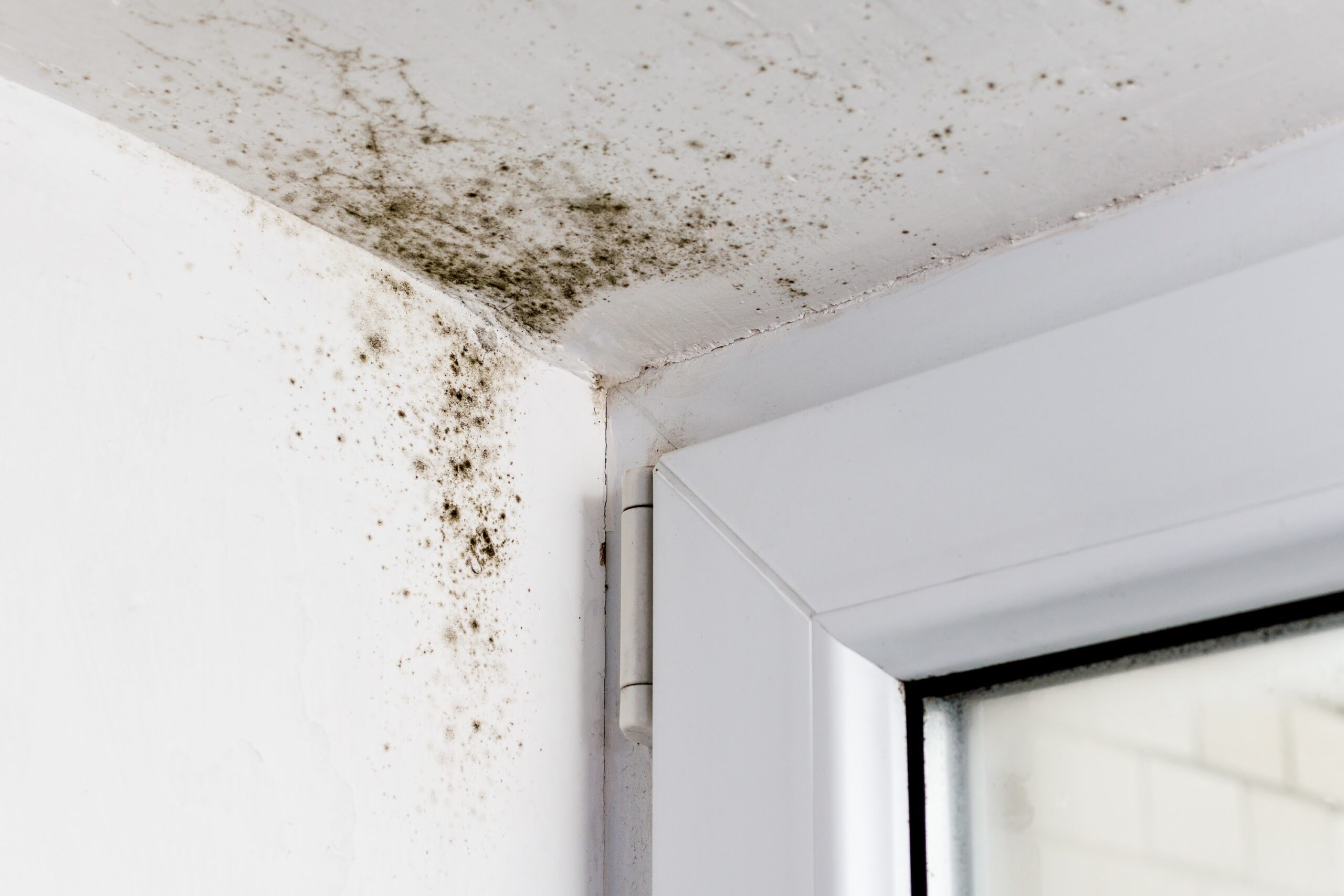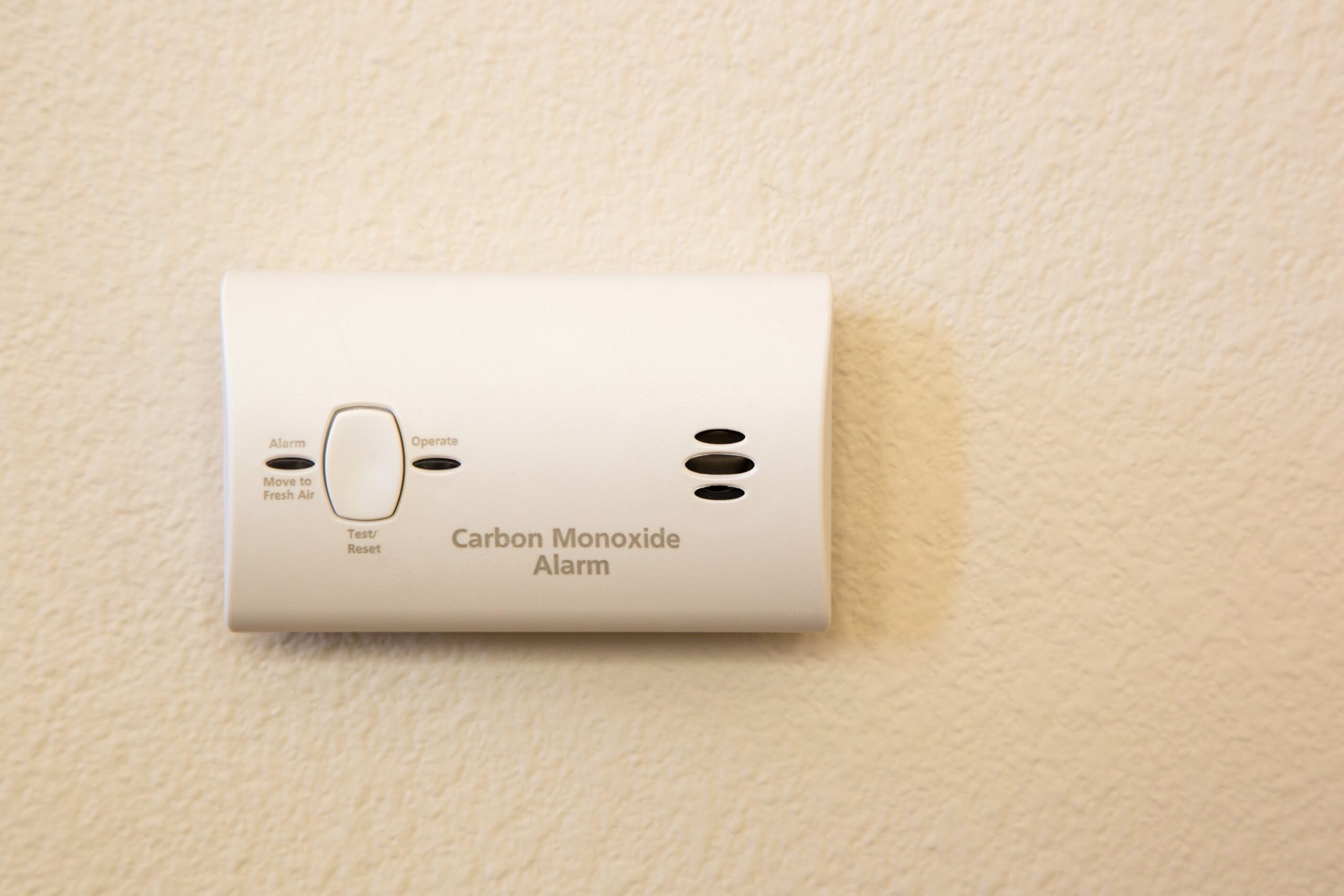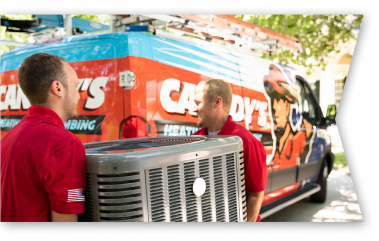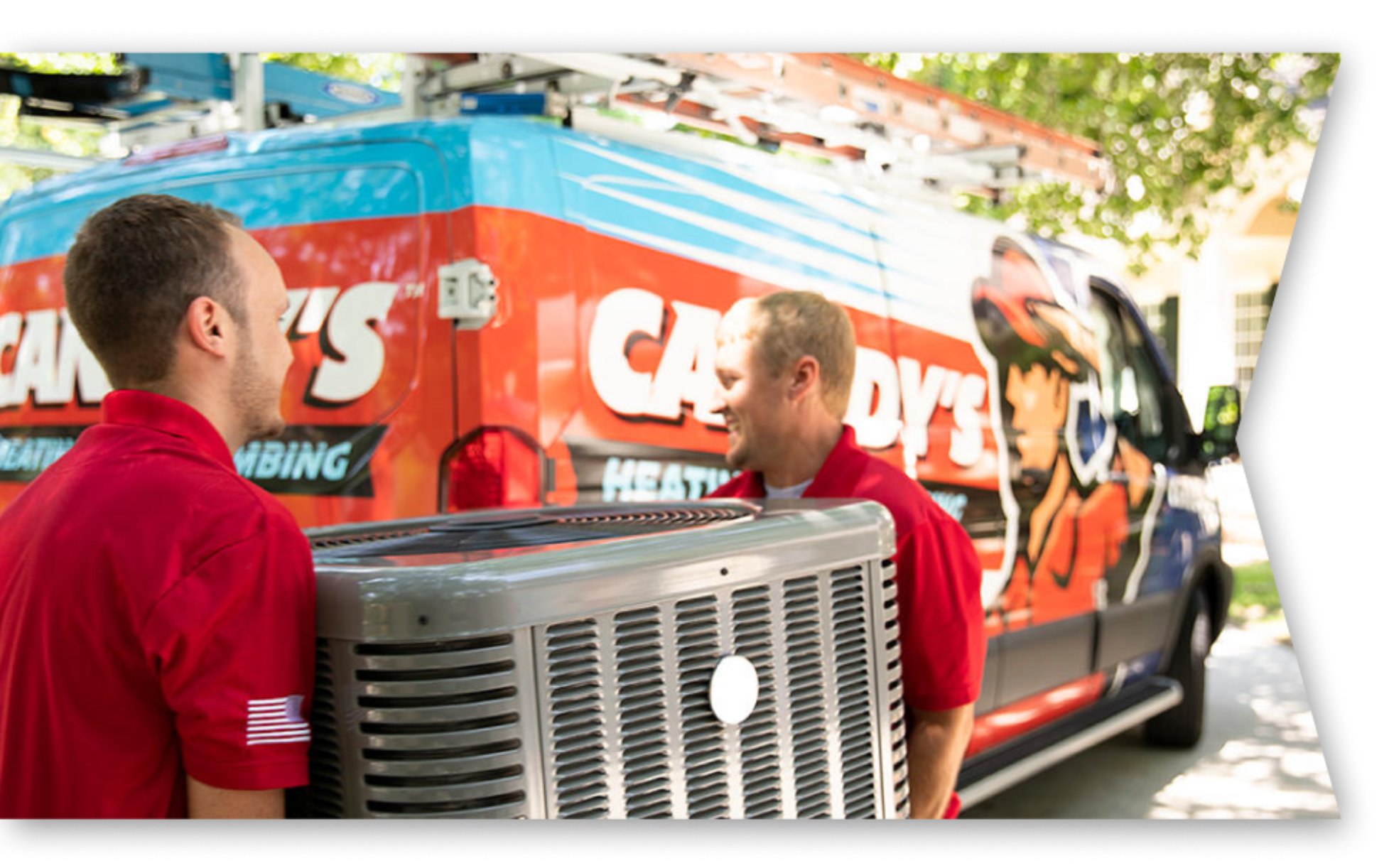
Many homeowners don’t realize that mold can grow in hidden spots long before visible signs appear. This is especially true in Georgia and South Carolina, where indoor humidity levels can be too high. Excess moisture in the air can lead to mold growth quickly, which can damage your property and harm your health.
In this article, the experts at Canady’s Heating, Air & Plumbing discuss common mold-prone areas in homes, the science of moisture and ventilation, health risks, and what you can do with our help.
Understanding the Moisture-Mold Connection
Ideal humidity indoors is between 30% and 50%. When humidity levels rise above 60%, there is enough moisture in the air for mold to thrive. That’s why ventilation throughout your home is key. Proper ventilation reduces humidity by circulating air and allowing moisture to escape, instead of becoming trapped and creating an environment for mold growth.
Common Areas Where Mold Develops
There are several areas of your home that tend to either experience higher levels of moisture or lack proper ventilation. These locations are especially vulnerable to mold growth and should be watched closely for signs of issues.
Basements & Crawlspaces
The cool, damp environment in your basement or crawlspace occurs naturally from ground moisture and condensation or can be caused by issues like leaky pipes or flooding. Signs that this and poor airflow may have led to mold include musty smells, water stains on walls and floors, or peeling paint. To protect your home, consider installing a dehumidifier to manage proper moisture balance. You may also want to seal any cracks, improve ventilation with vents or fans, and ensure that your foundation has proper drainage.
Bathrooms
Bathroom mold is common in showers, tubs, behind tiles, and around sinks. This is due to frequent water use, steam, splash zones, and poor exhaust ventilation. Homeowners should be on the lookout for black or green growth in grout or caulk, peeling paint, and slippery surfaces that point to potential mold growth. We recommend mitigating mold issues by running a powerful exhaust fan, opening windows, and squeegeeing surfaces to ensure proper ventilation.
Attics, Roofs & Under Eaves
Poor insulation in attics and roofs can trap moist air that rises from bathrooms and kitchens, while roof leaks can let in extra moisture. This leads to humid attic environments that invite mold growth. Signs of issues include dark staining on roof sheathing, wood discoloration, or sagging insulation. To avoid these issues altogether, ensure proper attic ventilation through ridge vents and soffits. You should also regularly monitor these areas for insulation issues or leaks.
HVAC Systems & Ductwork
Your HVAC system naturally produces condensation that is handled by condensate drains and drip pans. However, if these areas cannot properly drain excess moisture, you can end up with damp ductwork and coils that are perfect for mold colonization. Homeowners with these issues may notice musty smells coming from their HVAC, visible mold patches inside duct openings, or reduced airflow. To protect your home and your HVAC, keep up with regular maintenance and cleanings that ensure proper drainage. You can even consider UV lights or antimicrobial treatments.
Around Window Sills & Frames
Leaking windows will often experience condensation on the glass and frames. This moisture then becomes trapped in the caulk and leads to wood rot. If you notice water droplets, peeling paint, or black spots along the edges of your window, consider resealing or upgrading to insulated double-pane windows.
Health Risks of Indoor Mold
Homeowners exposed regularly to indoor mold growth can experience a wide range of health issues, including:
- Respiratory issues
- Allergic reactions
- Asthma attacks
- Fungal infections
- Toxic mold effects
- Irritation of the eyes and skin
- And more
How Canady’s Helps Prevent Mold
At Canady’s, we offer a variety of services and products that can help protect against indoor mold, including:
- Routine HVAC maintenance: During a tune-up, a technician will ensure that your heating or cooling system is properly handling moisture and effectively dehumidifying your home.
- Dehumidifier installation: If you experience significant indoor humidity, our dehumidifier installation services aim to provide you with a powerful dehumidifier that restores moisture balance to your entire home.
DIY Mold Prevention
Want to further reduce your risk for mold growth? Follow these simple steps:
- Track indoor humidity with a hygrometer
- Inspect high-risk areas like basements, bathrooms, and attics
- Run exhaust fans and open windows for ventilation
- Schedule regular HVAC maintenance with Canady’s
- Consider air quality and humidity control upgrades
- Address leaks or water issues promptly
Request Service From Canady’s
For home services backed by more than 36 years of experience, trust the team at Canady’s. Our highly-trained technicians are licensed and insured to provide top-tier HVAC and plumbing services throughout the Coastal Empire and the Lowcountry. Trust our knowledgeable team to help you find and fix mold issues in your property with service for all brands of equipment and upfront pricing. Plus, our Comfort Club plan helps keep your HVAC system working efficiently to reduce moisture imbalances in your home.
Eliminate your risk of mold by contacting Canady’s today for service.







